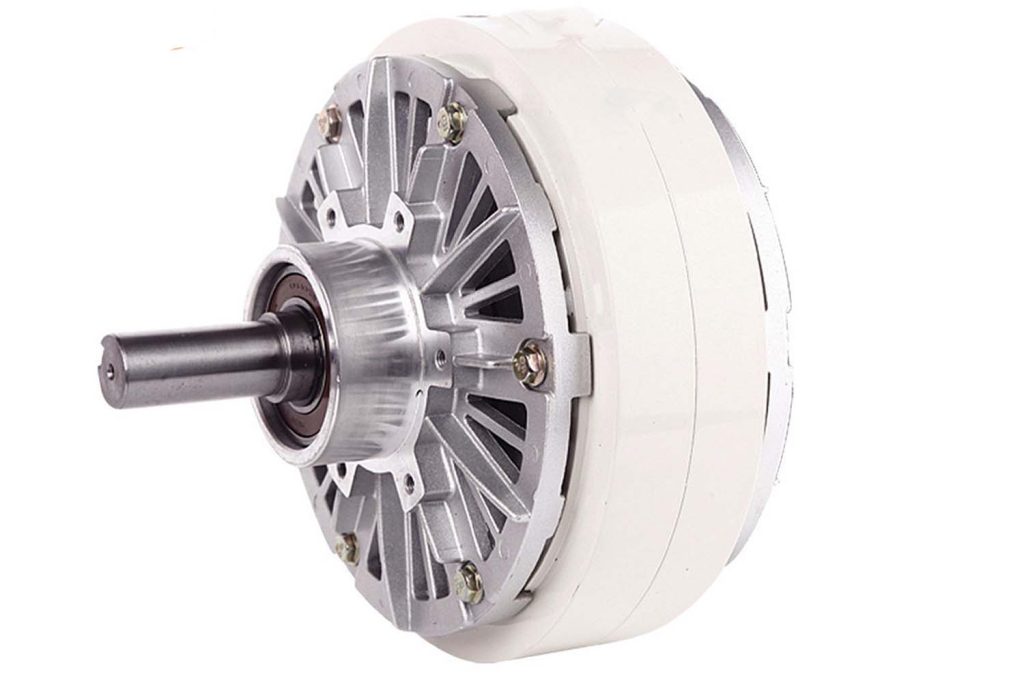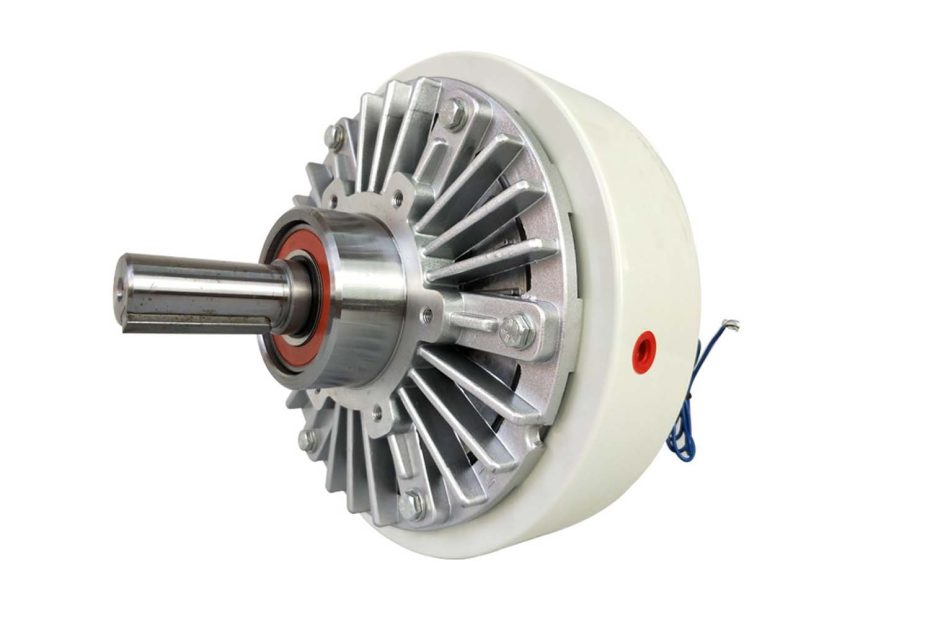Magnetic Particle brake is a braking device commonly used in various mechanical transmission systems. It can brake and stop moving parts through changes in magnetic fields, and has a wide range of applications. This magnetic Particle brake is used in mechanical transmission systems that require braking and control systems, speed adjustment, tension control, test loading, etc.
Magnetic Particle brake is a new transmission element that uses magnetic Particle as a medium to form a magnetic Particle chain to transmit torque when energized. It is mainly composed of inner rotor, outer rotor, excitation coil and magnetic Particle. When the brake is energized, the coils on the stator generate a magnetic field, causing the magnetic particles to become conductive, creating a damping force. This damping force is transmitted to the braked component through the brake disc, thereby achieving the braking effect.

Six steps to use magnetic Particle brake
- Step 1: Check the working status of the magnetic Particle brake, including whether the electromagnetic coil, brake disc and bearings are normal.
- Step 2: Connect the power supply and energize the brake to make it work.
- Step 3: According to actual needs, adjust the current of the electromagnetic coil to control the braking torque.
- Step 4: Use a mechanical transmission system to connect the brake to the braked component.
- Step 5: Carry out braking and stopping operations as necessary.
- Step 6: During use, pay attention to the temperature of the magnetic Particle brake to avoid overheating and affecting the braking effect.
Selection method of magnetic Particle brake
- The selection of magnetic Particle brakes is generally based on the maximum torque required to be transmitted, and attention should be paid to ensuring that the actual slip power is less than the allowable slip power of magnetic powder clutches and brakes.
- In the absence of a speed change mechanism, the product of the maximum tension required to wind the material and the maximum winding radius should be less than the rated torque of the magnetic powder brake. In addition, the choice of magnetic powder clutch is also related to its location: on the premise of matching slip power, if the magnetic powder clutch is placed in the high-speed stage, a smaller size clutch can be selected, and its size and cost will also be reduced accordingly. When a small-sized magnetic powder clutch cannot be matched and a larger magnetic powder clutch is needed, it should be placed in the middle or rear of the transmission mechanism to increase the working torque and reduce the slip speed.
Conclusion
As a commonly used braking device, magnetic Particle brake has large braking torque, good control performance and protection performance. Magnetic Particle brakes are widely used in automatic tension control systems for winding devices in printing, packaging, papermaking and paper processing, textiles, printing, wires, cables, rubber leather, metal foil processing, etc.
